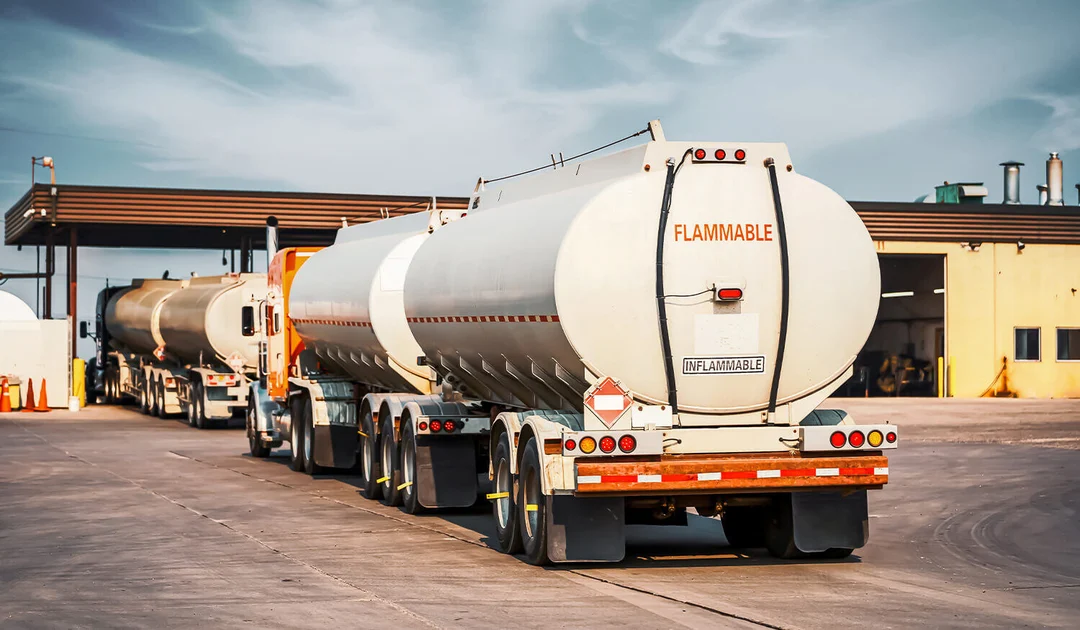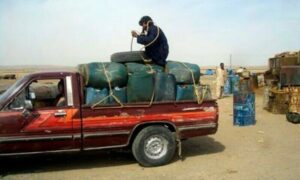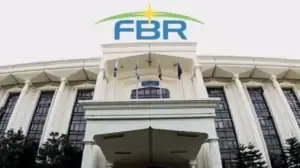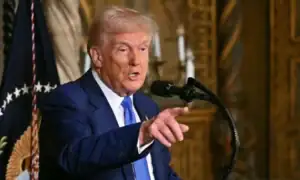Iran diesel price remains one of the lowest in the world, largely due to heavy government subsidies. As of June 2025, the official price is approximately 3,000 IRR per liter – around $0.005–$0.006 USD (≈ 1.68 Pakistani rupees). For context, the global average diesel price stands near $1.18 per liter making Iran’s costs extraordinarily low.
Why Is Iran’s Diesel So Cheap?
- Heavy Subsidies
Over the past decade, Iran has subsidized fossil fuels significantly—subsidies have reached up to 15% of GDP, making it one of the world’s largest fossil fuel subsidizers Although the government has taken steps to reduce support—particularly for diesel—prices remain artificially low. - Dual-pricing Structure
A tiered pricing system exists:- Subsidized quota price (~3,000 IRR/liter) for personal and small-scale use
- Half-subsidized for registered commercial transport
- Unsubsidized rates for others after quotas are used
- Smuggling Incentives
The gulf between domestic (3,000–6,000 IRR) and border-market prices (up to 130,000 IRR/liter ≈ $0.216) creates strong smuggling motivations. Estimates show 20 million liters per day are smuggled, costing Iran up to $4 billion annually
Recent Developments in 2025
- Subsidy Rollbacks: In May 2025, the government reduced subsidy levels, aiming to limit smuggling by enforcing unsubsidized pricing after quotas are exceeded.
- Quota Administration: Diesel quotas for commercial vehicles are now issued via fuel cards, with online applications reducing waiting times from roughly a month to a week.
- Truckers’ Protests: Late May and early June saw nationwide trucker strikes against proposed price hikes—from $0.04 to as high as $0.50 per liter—alongside high insurance and low freight rates. The strikes spread to over 155 cities, signaling mounting social tensions.
Global Perspective & Export Market Prices
On the global market, Iranian-export diesel trading per metric ton (MT) reached approximately $580–$586/MT in May 2025, depending on the diesel grade (EN-diesel, ULSD). Domestic consumption prices remain disconnected from international market rates due to heavy subsidies and controls.
Implications of Diesel Pricing in Iran
- Economic Strain: Subsidies and smuggling cause massive fiscal leakage. The government spends billions subsidizing fuel consumed domestically or illegally exported
- Social Impact: Fuel pricing remains a flashpoint. Past price hikes triggered national unrest in 2019, and new policies may lead to further protests this year.
- Environmental & Energy Crisis: Cheap diesel fuels high consumption and smuggling—aggravating Iran’s broader energy crisis marked by blackouts and overburdened infrastructure
What Lies Ahead?
- Balanced Reforms: Iran may continue subsidy reforms—gradually raising prices for heavy users while shielding citizens through quotas—to curb smuggling and ease fiscal pressure.
- Quota Trade-offs: Refining the fuel-card system and quota transparency is critical to satisfying commercial users and avoiding further strikes.
- International Tensions: Continued geopolitical volatility (e.g., tensions with the U.S. or disruptions in Gulf supply chains) could shake global crude prices, indirectly affecting Iran’s domestic diesel ecosystem .
Why It Matters
Understanding Iran diesel price offers a window into:
- Iran’s economic management and subsidy policies
- The social stability risks tied to fuel reform
- Dynamics of the global energy market and domestic consumption patterns
For analysts, investors, and policymakers, tracking Iran’s diesel price is essential for grasping both domestic politics and regional energy trends.









